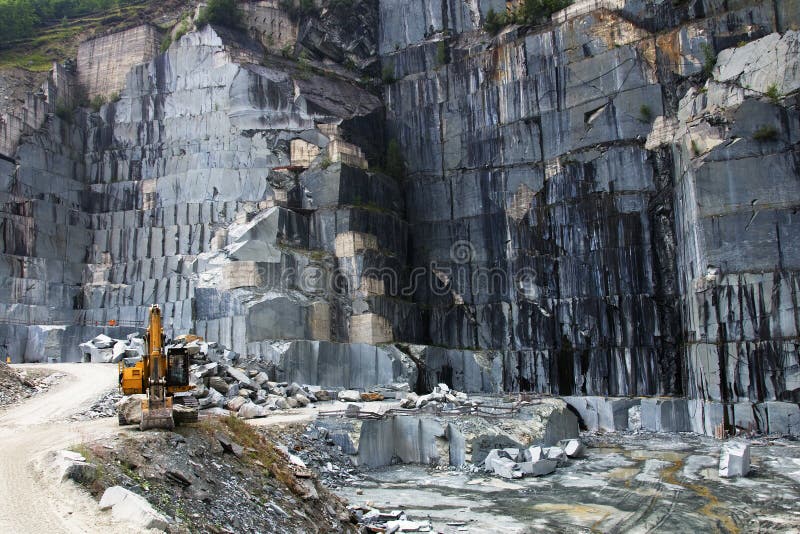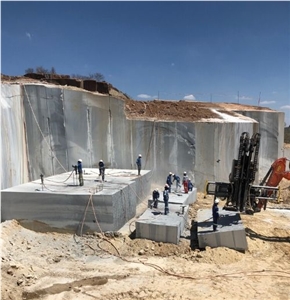Checking Out Granite Quarries in South Africa Sector: From Quarry to Work of art
Checking Out Granite Quarries in South Africa Sector: From Quarry to Work of art
Blog Article
Releasing the Beauty and Resilience of Granite Quarry: A Trip With Time
Granite quarries stand as testaments to both the geological wonders of our earth and the long-lasting workmanship of humankind. The journey through time that granite quarrying represents is an engaging story of innovation, perseverance, and the detailed dancing in between nature and market. Understanding the origins of this olden practice, the development of methods and tools used, and the modern-day significance of granite quarrying reveals a tapestry rich in background and importance. As we peel back the layers of time and explore the elaborate globe of granite quarrying, we reveal a tale that not only showcases the charm and sturdiness of this impressive rock but also drops light on the profound impact it has had on worlds past and present.

The Beginnings of Granite Quarrying
In the record of history, the origins of granite quarrying can be mapped back to ancient civilizations where the pursuit for sturdy building products fueled the appearance of this ageless craft. From the marvelous frameworks of old Egypt to the grandiose holy places of Greece, granite has actually been admired for its strength, beauty, and durability. The Egyptians, with their innovative quarrying strategies, were amongst the initial to extract granite widespread, utilizing it to construct huge pyramids and detailed sculptures that have stood up to the examination of time.
As civilizations evolved, so did the techniques of quarrying granite. The Romans better improved the techniques, establishing devices and machinery to remove and transportation granite over huge ranges for their building jobs. The sturdiness and aesthetic appeal of granite made it a treasured product for sanctuaries, monuments, and sculptures throughout the ages.
Today, the legacy of ancient quarrying techniques survives, with contemporary technology boosting effectiveness while still admiring the workmanship of our ancestors. The beginnings of granite quarrying serve as a testimony to human ingenuity and the enduring appeal of this noble stone.
Tools and Techniques of Quarrying
Exploring the thorough workmanship of granite quarrying reveals an innovative variety of tools and methods meticulously refined over centuries. Quarrying granite needs specialized tools to draw out the rock from the planet efficiently and with precision. Modern quarries use diamond-wire saws, high-powered drills, and dynamites to damage apart the granite in a regulated way. These tools enable the removal of big blocks of granite while decreasing waste and ecological impact.
In enhancement to advanced equipment, typical hand devices are still made use of in particular quarrying operations to make sure fragile precision in drawing out the stone. Chisels, hammers, and wedges are used by experienced quarry employees to separate granite blocks along natural cracks, a technique that has actually navigate to this website been given via generations.
Furthermore, methods such as piercing vertical and horizontal holes for inserting plumes and wedges, in addition to the controlled usage of nitroglycerins in critical places, enable quarry employees to draw out granite effectively while preserving the stability of the rock. The harmony in between contemporary innovation and traditional workmanship is essential to the lasting quarrying of granite for generations ahead.
Development of Granite Quarries
The transformation of granite quarries in time discloses a fascinating narrative of technical development and industry advancement. From ancient times where hands-on tools like blades and hammers were used to draw out granite blocks, to the industrial revolution presenting steam-powered machinery for faster quarrying, the development of granite quarries has been noted by substantial advancements. In recent years, the advent of diamond cord saws and progressed boring technologies has revolutionized the extraction procedure, permitting much more precise cuts and decreased wastage of raw product.

Granite Quarrying in Modern Times
The progression of granite quarrying methods read review from historical reliance on guidebook tools to the advanced techniques of modern times emphasizes a remarkable trip of technological innovation and sustainability methods within the industry. In contemporary granite quarrying, progressed equipment such as ruby cable saws, high-capacity excavators, and digital drilling devices have changed the removal process. These tools enhance performance, precision, and security, enabling for bigger amounts of granite to be drawn out in a shorter duration contrasted to typical methods.
In addition, modern-day quarrying practices prioritize sustainability and ecological stewardship - granite quarries in south africa. Business are increasingly taking on green techniques like water reusing systems, dust reductions innovations, and rehab strategies for worn down quarries. These efforts intend to decrease the ecological impact of granite removal, preserve natural deposits, and bring back quarried landscapes to their original state
In addition, the integration of digital modern technologies like drones, general practitioner tracking, and 3D modeling has made it possible for quarry drivers to optimize procedures, boost decision-making, and make certain the sustainable management of sources. By embracing innovation and sustainability, the granite quarrying market in modern-day times continues to grow while maintaining ecological obligation.

Protecting and Protecting Granite Quarries
Among the advancing landscape of granite quarrying techniques, conservation and security of these important all-natural sites have come to be extremely important worries for market stakeholders and ecological supporters alike. As granite quarries remain to be a crucial resource of this coveted rock, it is vital to adopt lasting strategies that ensure their long life and secure surrounding environments.
Maintaining granite quarries includes carrying out reliable reclamation strategies to recover the land post-extraction. granite quarries in south africa. This process includes improving the surface, replanting native greenery, and creating environments for wild animals to flourish. By restoring quarries to their natural state, the ecological impact can be lessened, and the beauty of these landscapes can endure for future generations to appreciate
Furthermore, safeguarding granite quarries needs imposing laws that govern liable quarrying practices. This includes monitoring water high quality, regulating dust emissions, and managing noise levels to reduce disruptions to the setting and nearby areas. Joint initiatives in between market gamers, governmental bodies, and conservation teams are vital in maintaining these requirements and making certain the sustainable use granite quarries.
Conclusion
In conclusion, the trip via time in granite quarrying reveals useful source the origins, devices, techniques, and evolution of this practice. The modern-day era has actually brought innovations in quarrying strategies, enabling the preservation and security of these useful all-natural resources. It is very important to continue to promote lasting techniques to guarantee the beauty and longevity of granite quarries for future generations to value.
Report this page